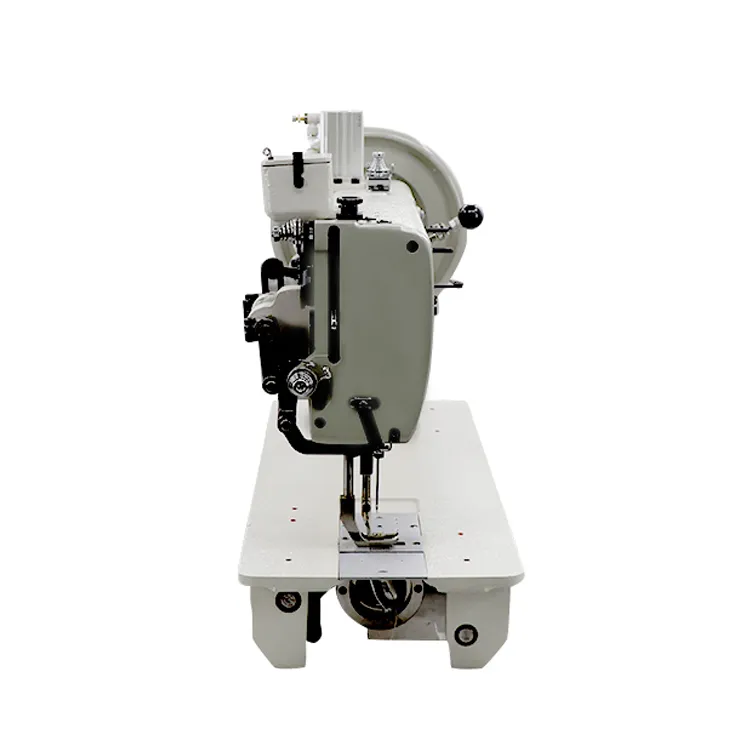Sewing Techniques for Durable Lifting Belts in Strength Training Gear
The Importance of Lifting Belt Sew in Strength Training
In the world of strength training and weightlifting, the importance of proper gear cannot be overstated. Among the various pieces of equipment that athletes use, lifting belts play a pivotal role in enhancing performance and safety. A lifting belt not only helps stabilize the body during heavy lifts but also supports the spine, reducing the risk of injury. However, the effectiveness of a lifting belt is highly dependent on its construction, particularly the sewing or stitching of the belt itself.
Understanding Lifting Belts
A lifting belt is designed to support the core and lower back during strenuous activities like squats, deadlifts, and overhead presses. When lifting heavy weights, the body experiences increased intra-abdominal pressure, which helps stabilize the spine. A well-constructed lifting belt enhances this pressure, creating a supportive brace around the core. Yet, the utility of the belt is contingent on its ability to withstand the forces exerted during lifting. This is where the quality of the sewing becomes crucial.
The Role of Sewing in Belt Durability
The sewing of a lifting belt is fundamental to its durability and effectiveness. A belt that is poorly stitched can lead to a breakdown in structure and safety. High-strength thread, double stitching, and reinforced seams are necessary features to ensure that the lifting belt holds up under substantial weight loads. The quality of sewing also impacts the overall comfort and fit of the belt. If the stitching is uneven or careless, it can cause pressure points, leading to discomfort during lifts.
Types of Stitching Techniques
Manufacturers employ various stitching techniques to enhance the quality of lifting belts
. Some of the most common methods includelifting belt sew

1. Double Stitching This technique involves sewing two parallel lines along the seams, providing additional strength and security. Double-stitched belts are less likely to fray or tear, making them suitable for intense training.
2. Reinforced Seams Many high-end lifting belts feature reinforced seams, where extra material is sewn over the primary stitching. This adds an extra layer of durability, making the belt capable of handling even the heaviest lifts.
3. Box X Stitch This method is often used for belts with rivets and helps distribute the force evenly across the belt. The box pattern creates a solid foundation, reducing the risk of seam failure.
4. Bar Tack Stitching Bar tacks are often utilized at stress points, where the belt end meets the buckle or where the strap passes through a loop. This prevents these high-stress areas from tearing apart during use.
Choosing the Right Lifting Belt
When selecting a lifting belt, it’s essential to look for quality stitching as one of the key criteria. A well-constructed belt with sturdy seams will not only offer the necessary support during your lifts but will also last longer, providing better value for your investment. Moreover, ensure that the belt fits snugly and comfortably without pinching or causing discomfort.
Conclusion
In conclusion, while the lifting belt may appear as a simple piece of equipment, the intricacies of its construction, particularly the sewing techniques used, play an essential role in its functionality and longevity. Athletes should prioritize the quality of the belt when making a purchase, focusing on factors such as stitching durability and comfort. Investing in a reliable lifting belt can significantly enhance performance, boost confidence during heavy lifts, and, most importantly, ensure safety in the gym. So as you lift, take a moment to appreciate the little details, especially the belt that supports you every step of the way.
-
Boost Production Efficiency with a Pattern Sewing MachineNewsAug.29,2025
-
Industrial Excellence with the Best Heavy Duty Sewing MachineNewsAug.29,2025
-
Precision and Power with the Best Pattern Sewing MachineNewsAug.29,2025
-
Reliable Bulk Packaging Starts With the Right FIBC Sewing MachineNewsAug.29,2025
-
Advanced Packaging Solutions: Elevate Productivity with Jumbo Bag Sewing Machine and Industrial Stitching EquipmentNewsAug.29,2025
-
High-Performance Solutions for Bulk Packaging: FIBC Sewing Machine and MoreNewsAug.29,2025
-
Maximize Efficiency with an Industrial Cylinder Arm Sewing MachineNewsAug.28,2025


























